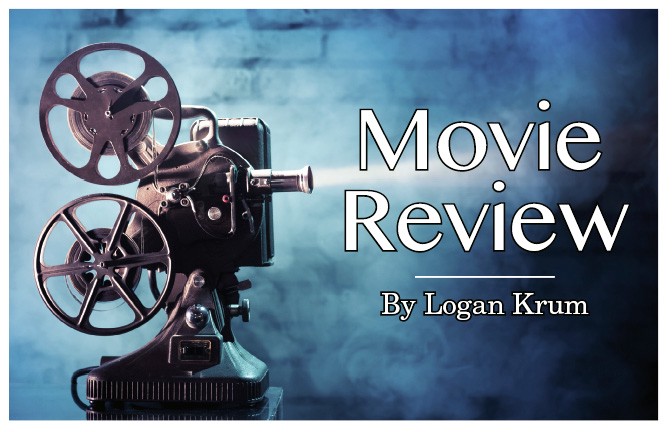Star Wars: The Last Jedi is visually stunning and takes more risks than any installment before it — though diehard fans may find themselves torn.

Star Wars is a franchise steeped in tradition. Since the original trilogy, fans have held the series to a standard in a galaxy far, far above most others.
One of the reasons the prequel trilogy (1999–2005) was lambasted by fans was because how different it was from the films they were intended to set up. One of the reasons 2015’s The Force Awakens (which kicked off the series’ third trilogy of movies) is held in such high regard is because it is a near beat-for-beat remake of A New Hope, the movie that launched the first star ship. It’s well-made and a blast of an adventure, but the story is well-covered ground.
So now we have an anomaly with The Last Jedi, the eighth episode of the series, which brings back many iconic characters and plot points from the original movies — and completely flips them on their head.
In many ways, it’s the best installment the series has ever seen. Bringing on talent like director Rian Johnson (2012’s Looper) was a smart move. His style of direction is like nothing the series has seen — action sequences feel significant and risky, adding a palpable sense of danger to the film.
There’s a lot going on in this movie, and it’s best to keep the story unspoiled. It picks up almost immediately after the events of Force Awakens, which means it starts out with Rey (Daisy Ridley), our new protagonist, seeking training in the ways of the Force from beloved icon Luke Skywalker (Mark Hamill, returning to his role in a significant way for the first time since 1983).
Meanwhile, a bunch of characters, including the late Carrie Fisher’s General Leia Organa, make up the Resistance, a small faction attempting to take on the First Order, this trilogy’s stand-in for the Empire-like dictatorship that’s upsetting the balance of the Force.
To go into more detail would be a disservice to those who have (somehow) not seen the movie or spoiled themselves, because the surprises in store are by far the movie’s strong point. Whereas its predecessor kept its hand folded to not upset fans, The Last Jedi lays all its cards on the table. It changes the status quo on a lot of things. Some fans may not like it. But it’s undeniably a joyous ride through hyperspace along the way.
Johnson brings a cinematic finesse not common in Star Wars films to the proceedings. The movie is beautifully framed and shot — some locations explored are lush green island, a planet resembling an intergalactic Las Vegas (complete with drunk, gambling aliens) and a mineral planet coated in snow (no, wait, it’s salt), which reveals a ruby red surface beneath.
Steve Yedlin’s cinematography also provides an updated view of the galaxy itself, giving outer space a breathtaking. (One particular shot that plays during the climax left viewers at my screening audibly gasping.)
The screenplay, written by Johnson, calls for heavy performances. Luke Skywalker is not the unquestioned Jedi master many assumed he would be — he’s still conflicted and challenged, something Hamill displays with emotional intensity. And Fisher has arguably never been better than Leia. Seeing her on screen post-mortem is a sobering reminder just how impactful these fantasy adventures can be.
But the film’s emotional centerpiece is the conflict between Rey and Kylo Ren (Adam Driver), the conflicted Sith trainee who is struggling to find his place in the universe after killing his father, Harrison Ford’s epochal Han Solo. The characters make an unconventional yin and yang — Rey questions what it means to be good, and Kylo bad. The two are given much more shared screen time this go-around after briefly meeting for a lightsaber duel previously, and the result between the combusting actors is the film’s game-changing highlight.
Somewhere along the ride, though, you realize there is no break from its 152-minute pavement pounding. The film juggles multiple subplots, and some are not as good as others — a side adventure involving Finn (John Boyega), who was so intriguing in the predecessor, and newcomer Rose (Kelly Marie Tran) is largely misused, through no fault of the actors.
The galaxy is eager to welcome Hollywood veterans Laura Dern and Benicio Del Toro, who both elevate the weak material they’ve been given by oozing personality and charm. Their arcs, respectively over baked and under written, could have been damaging in less experienced hands.
One’s enjoyment of the movie boils down to how open one is for the rules of the galaxy that’s been an entertainment standard since 1977 to change. On a technical scale, it’s the best-made Star Wars we’ve got — though that may take backseat to diehard fans.
Like Empire Strikes Back back in the day, something this game-changing may not (and probably won’t) be universally embraced — at least at first. However, there’s something to be said for a series that can crank out an installment this emotionally impactful from its audience 40 years after starting. ••




